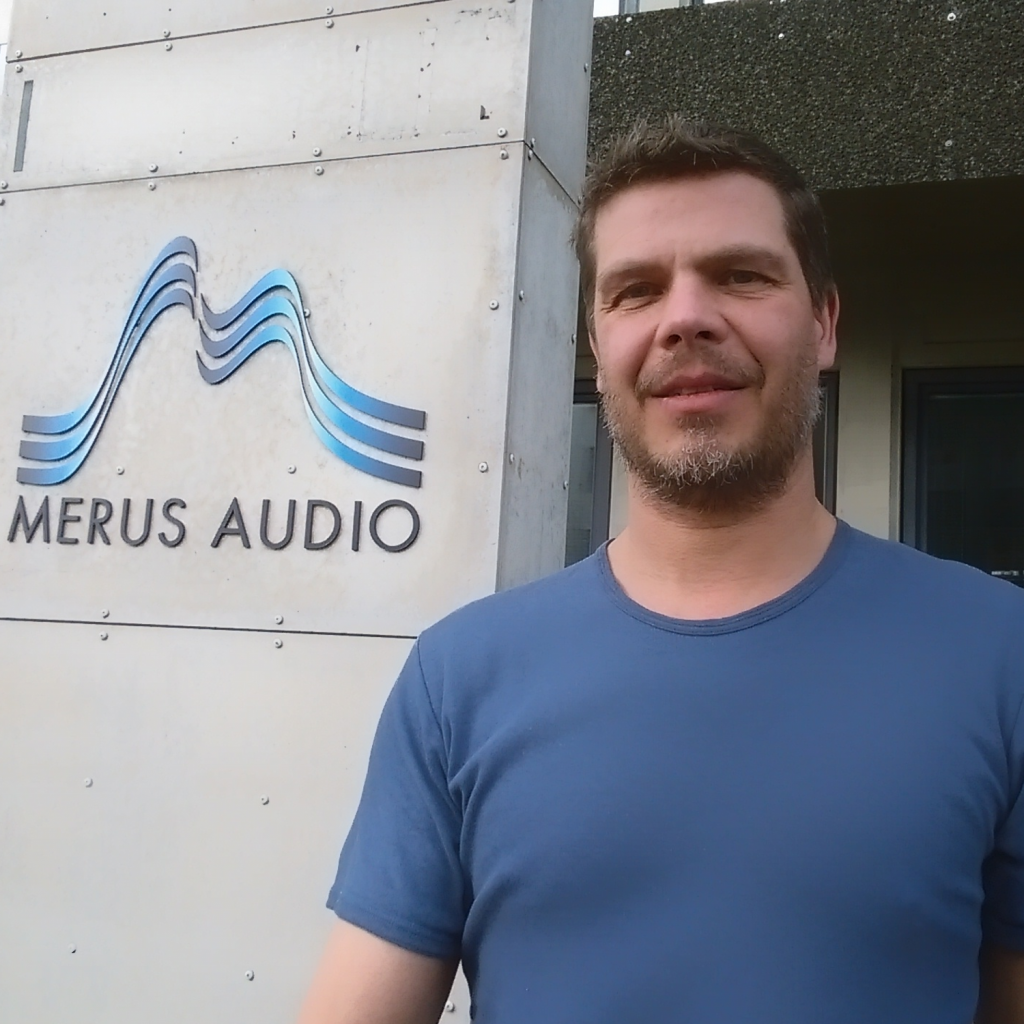Podcast: Play in new window | Download
Subscribe: Apple Podcasts | RSS
As mentioned in the intro blurb, Chris has revised his Australia / NZ plans and will be doing meetups. Check out the current plans and get in touch if you’d like to meet up!
Welcome Jørgen Jakobsen!
- There is a large hearing aid industry in Copenhagen, based around acoustic companies in the area, as well as the Denmark Technical University (DTU), where there is a focus on IC design.
- Jørgen’s early job was at Ericsson.
- Nokia was also a presence in Copenhagen, making the 3310 (which is making a comeback)
- He left those to join a startup called Silicide with a former co-worker. Bluetooth spec was out, but the company only worked on the first 15 pages in their silicon (with external control).
- The Die photo of the esp32 shows that 10% of the IC is the analog components.
- The higher voltage process is often a BCD process. They are currently on 180nm, which suits their needs fine (especially because it’s a well understood process node).
- After the startup, he joined Oticon A/S. They had 10 analog IC designers!
- A typical hearing aid is composed of
- 2 microphones
- Beam forming/noise cancellation
- ADC
- Filtering
- Compression
- Speaker
- Battery charging
- Sub 1mA
- Thought they’re starting to adopt bluetooth, many of the hearing aids need to still support Telecoil
- The chip stack for a hearing aid is usually:
- DSP
- Analog
- Memory
- It is overall an insular industry, because of the specific skills required and because of the patent pool that exists.
- Testing chips needs to happen in less than 4 seconds, including all the analog tests.
- Jørgen’s latest enterprise is designing IC amplifiers at Merus Audio. These are all Class D amplifiers.
- Maintaining at the halfway point between the 12V and GND, there are switching losses. They even patented how to turn on transistors in a new way!
- https://www.google.com/patents/WO2012055968A1?cl=zh
- https://www.google.com/patents/WO2013164229A1?cl=zh
- They do 5 level modulation now (paper about it on IEEE), instead of 3. Check out the datasheet for the ML12070, which does this.
- There are “listening” and “party” levels for sound.
- The rise of amazon echo and similar voice connected devices will eventually want to switch to battery power.
- When the DACs/Amps are driving either side of the speaker, it’s called a bridge tied load.
- The communication method with the chip is i2s.
- Jørgen has been playing around with the new esp32, which has 2 channels of i2s. He has built a full 128kb mp3 audio streaming decoder running on the ESP32 with an i2s hookup to the input amplifier
- He has pulled in other low cost development tools, setting up automated testing using Raspberry Pi’s
- The power output on these chips maxes out at 2×70, which is based around the crest factor.
- Apparently K Pop is the most dynamic/loud music for testing audio chips.
- Jørgen recommends hanging out on hackaday.io for finding people to discuss new ideas and code.
- Check out more about the new chips coming from Merus Audio on their website.


Hello! I’m a somewhat new listener to your podcast, in the Cleveland area. (I’ve burned your episodes to disc, which I play in my car on long trips.)
Just wanted to say hi, and that I really enjoy your show!